What India (and the World) Can Learn from Sustainable Tourism in Kerala.
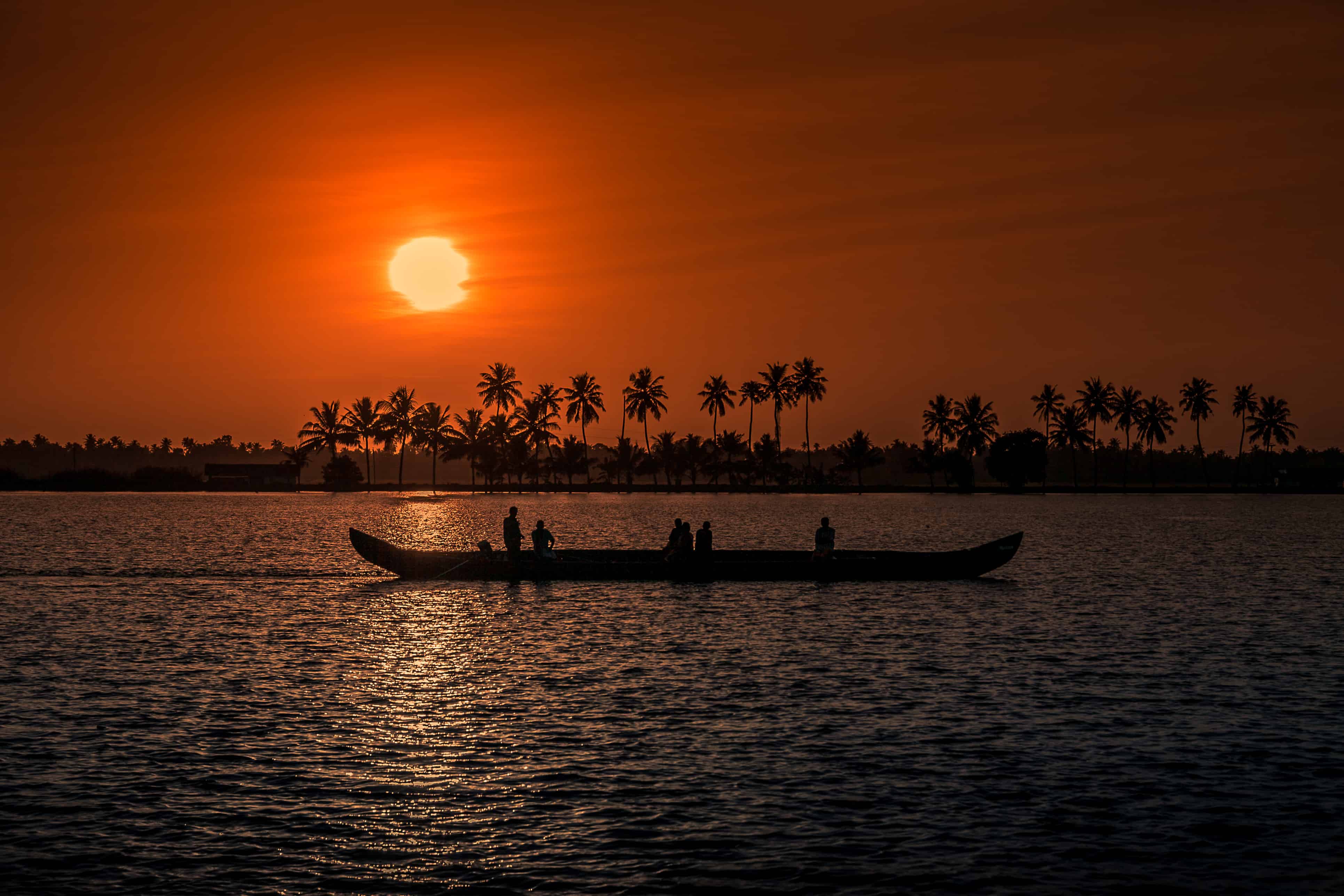
These are difficult times for the tourism industry and we have much to learn from sustainable tourism in Kerala.Cover photo: Ponraj Krishna Pandi (CC)
These days, lying under the warm sun, soaking up spring in my hometown Dehradun (luckily I’m in lockdown here!), I’ve been thinking a lot about Kerala. Just a few weeks ago, I was lost in the bountiful south’s magical beauty. Cycling along bright yellow marigold fields. Hiking amid the mist-engulfed Western Ghats. Devouring organic, sumptuous, vegan Kerala meals off banana leaves. And devouring stories of kindness, humility, entrepreneurship and humanity from the many souls I met along the way.

Being in an unprecedented lockdown has led to many of us discussing the future of travel. We have no idea when the on-going crisis will be behind us. Or what the world – and travelling in it – will look like thereafter.
But one thing is for sure.
Responsible travel will become more important than ever. After all, nature might have wrecked havoc on us to remind us of the havoc we’ve been wrecking on her.
Also read: What is Community Tourism Anyway?
When Kerala Tourism reached out to me with their latest campaign on the ‘humanscape’ of Kerala, it immediately reminded me of something I’ve been meaning to write. Responsible tourism lessons for India and other developing countries, from my travels across ‘god’s own country’:
Create linkages between vocational skills training and responsible tourism
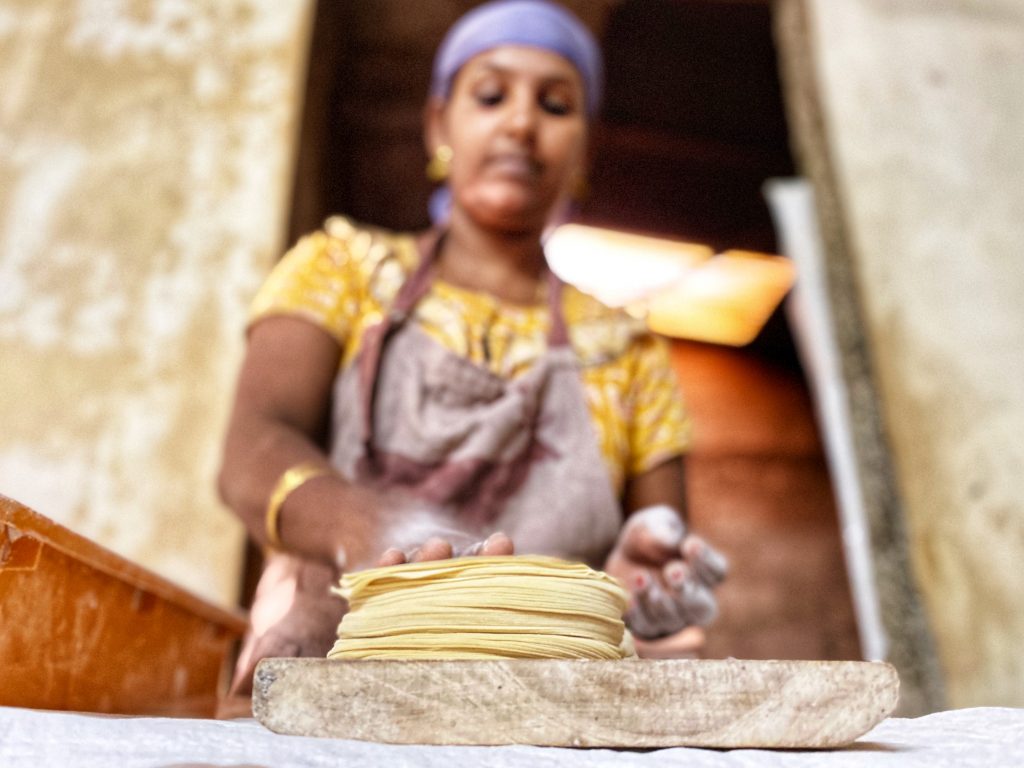
It’s no surprise that Kerala was India’s first state to launch a “Responsible Tourism Mission” in pursuit of a single-minded goal: “Making better places for people to visit and better places for people (locals) to live in.”
Tourism projects often tend to focus only on the former. To create more infrastructure for tourists, for instance. This mindless focus has led to roads being built through pristine forests and hill stations being overwhelmed with ugly, concrete construction. Officials often feel obliged to pander to tourist demands, no matter how they destroy the local ecology or culture. In the dry mountain desert of Ladakh for instance, that has led to the phasing out of centuries-old dry composting toilets in favor of flush toilets. Across India, that means tourism often hampers local life instead of enhancing it.
This winter, while travelling across Kerala, I understood what the latter part of that statement meant. I ended up meeting several micro entrepreneurs and women’s self-help groups who were trained by Kerala’s RT Mission to develop their vocational skills (one of the mission’s many initiatives). These range from making papadum and crafting recycled candles to sewing cloth bags to replace plastic bags. Vocational training is offered by many Indian states, but often fails due to the lack of job opportunities. Kerala’s success came from integrating these skills with tourism. By connecting entrepreneurs with hotels, resorts and homestays, market linkages were created to sustain livelihoods.
Many entrepreneurs I met have managed to grow their business and improve their standard of living. Responsible tourism accommodations now have a steady supply of locally sourced, environmentally conscious products. Together creating a better place to visit and a better place to live!
Also read: Offbeat, Incredible and Sustainable: These Travel Companies are Changing the Way We Experience India
Support dying art forms by creating value for the time and knowledge of local artisans
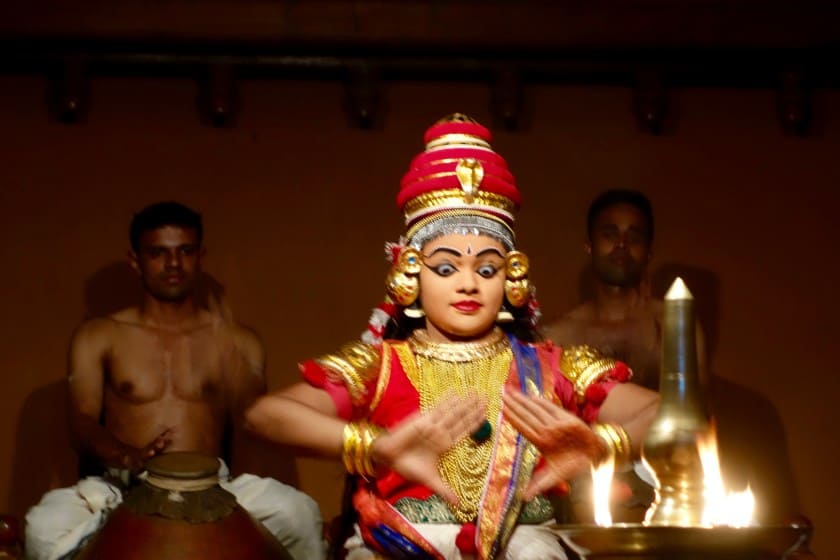
Many of us would love to support traditional arts, music, dance, crafts, storytelling rituals and other creative expressions that date back several centuries. But for a long time, I struggled with the how. As much as I value the effort and intricacy behind many dying crafts across the country, I simply don’t have the space in my bags (and the money in my wallet) to invest in them. And even if I did, the minimalist in me would probably cringe. Besides, many ornamental crafts are only relevant to a specific lifestyle – performing artists, ritualistic storytellers and the like.
And yet, I still want to experience and value their efforts. I want to fill myself with awe as I watch a bell jar artist at work or comprehend why a jaali artist continues to use rudimentary tools instead of giving in to modern temptations.
While travelling along the River Nila with the Kerala-based travel organisation, The Blue Yonder, I had a moment of clarity. We spent time with several artisans who are single-handedly keeping their craft alive. We learnt about their lives, asked them burning questions and documented some of their work. It was unlikely that we’d buy Kathakali ornaments or metal (bell jar) mirrors though!
But unlike most responsible travel companies I’ve travelled with, The Blue Yonder compensates artisans for the time and knowledge they share with travellers. A novel concept for artisans who rely on the sale of tangible creations, but perhaps the only way to leverage tourism to save many of India’s dying arts!
Also read: How Responsible Tourism Can Challenge Patriarchy in India
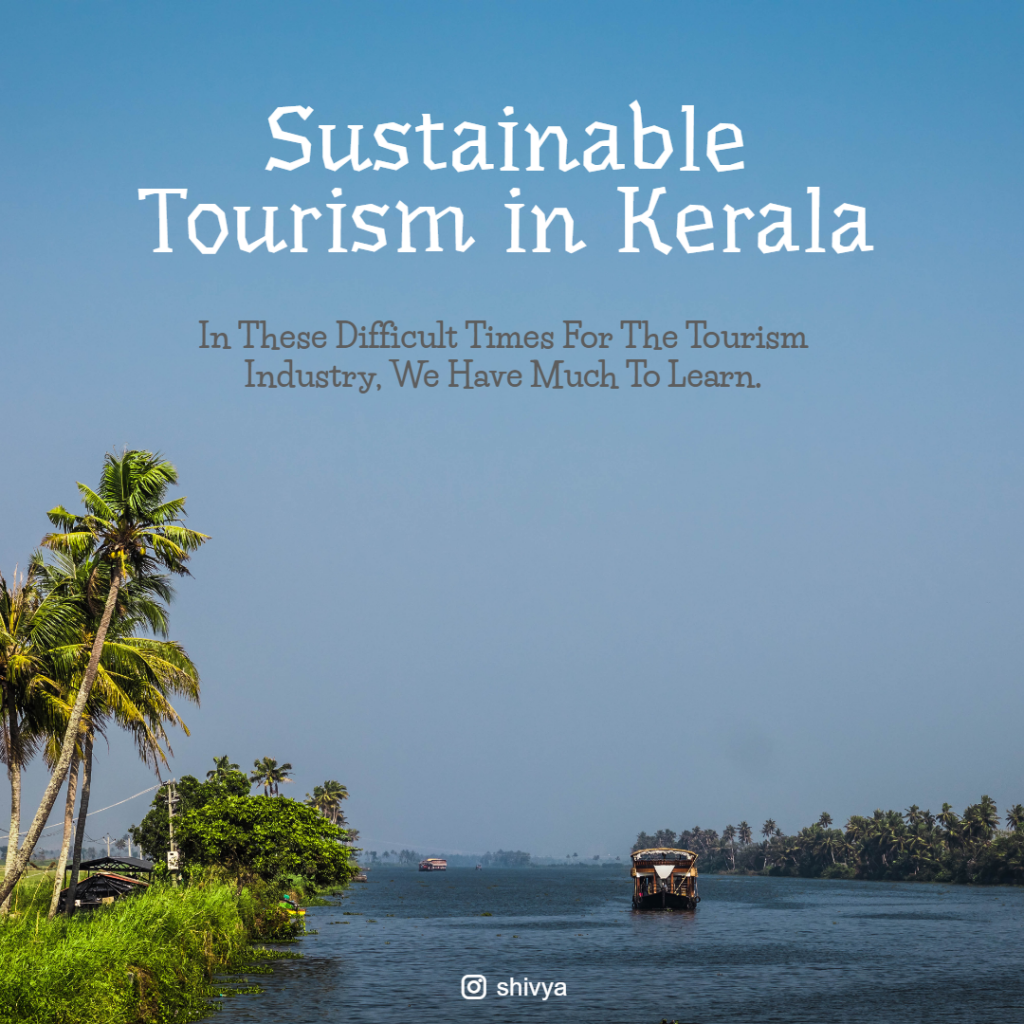
Leverage environmentally-conscious luxury travel for employment opportunities
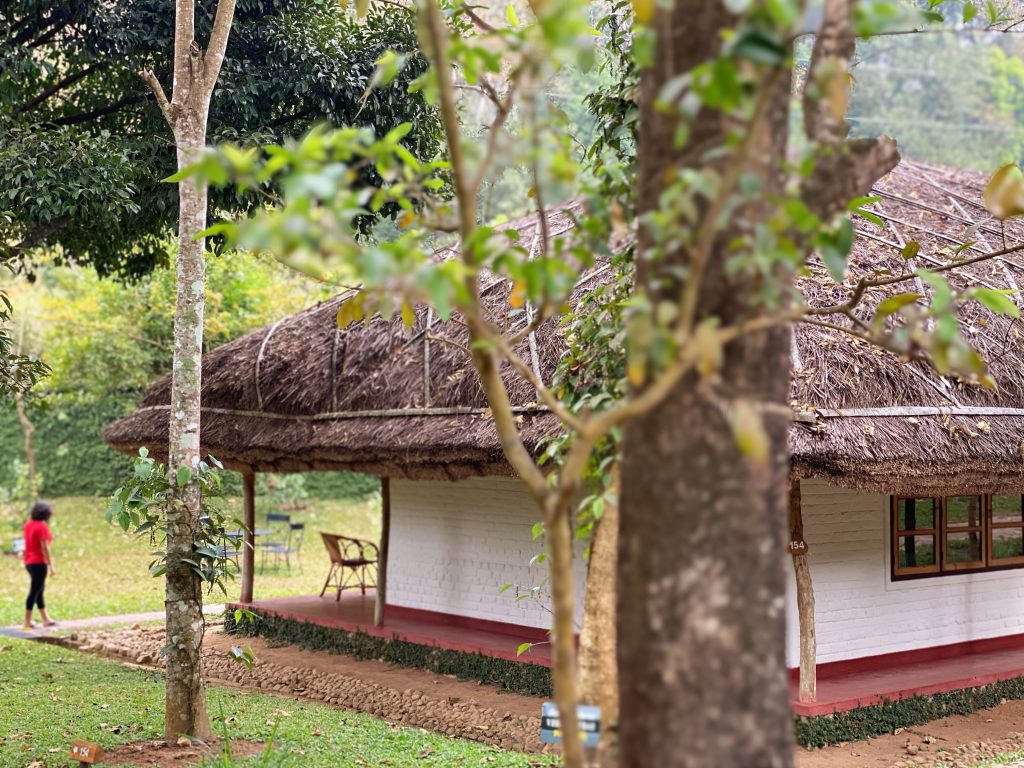
Environmentalists and conscious travellers often argue that high-end, large-scale tourism is detrimental to the environment and the local way of life. I used to feel the same way. But I’ve come around to the fact that hotels and lodges create significantly more job opportunities than homestays or guesthouses, with the potential to impact many – for better or for worse.
This winter in Kerala, one family-run business settled my internal conflicts. CGH Earth currently operates several accommodations across Kerala (and Tamil Nadu), employing 1500 people directly and many more indirectly. Their signature property – Spice Village in Thekkady – is a single-use plastic free zone, runs 70% on solar energy, has kept the tribal art of elephant grass thatching alive (so no air conditioning is offered / needed, even on hot days), has its own water bottling plant to collect rainwater and recycles paper waste for registration sheets at its own handmade paper making unit, among many other environmental initiatives.
To me, Spice Village is setting the benchmark for luxury travel. One that offers unique experiences, creates large-scale employment, preserves the indigenous culture and is largely positive for the environment.
Also read: How to Indulge Your Wanderlust at Home During the Travel Lockdown
Tap indigenous wisdom for wildlife conservation
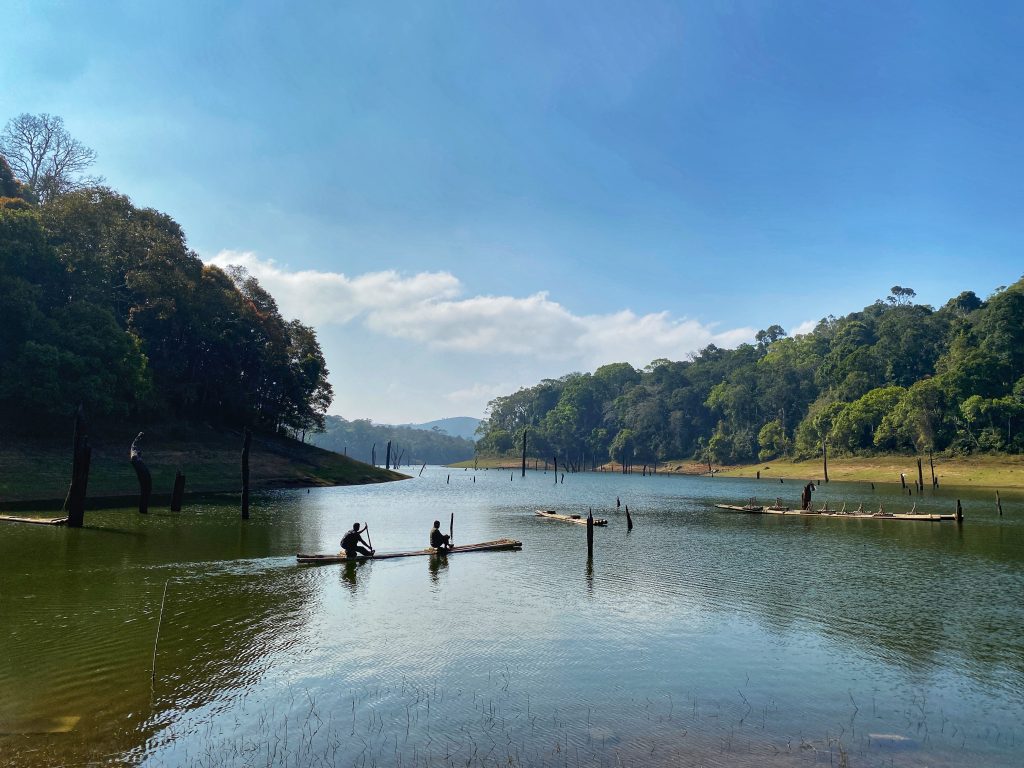
Travelling through the tribal belts of Odisha and Chhattisgarh left me quite disenchanted with the concept of development. In our “modern” scheme of things, the indigenous people of India are considered “backward”. Despite their connection with the earth, their invaluable knowledge of nature and their largely sustainable way of life. Instead of tapping upon their vast reserves of wisdom, they’ve been sidelined into the fringes of society. Relocated from their forest homes, and encouraged to change their diet, clothing, traditions, customs and rituals to fit in with the rest of the country.
In Central Kerala, in Thekkady’s Periyar Tiger Reserve though, I was inspired to learn about a visionary forest department initiative. The Mannan tribe lived in this forest for centuries, sharing their space with tigers, leopards and other wild creatures. They cultivated small patches of remote forest land, fished occasionally and largely lived off forest produce. When relocated to the buffer zone, with little to no livelihoods, many resorted to poaching. A community tourism initiative set out to create alternate sources of income. They were born in these forests, so basic tourism training readied them to be guides, bamboo rafting crew and anti-poaching squad.
Leveraging indigenous knowledge has aided wildlife protection, created sustainable livelihoods and offered travellers an opportunity to deepen their understanding of the forest through guided walks and treks. An idea that can and should be replicated in the rest of India’s tribal areas.
Also read: How I Connect Meaningfully With Locals as I Travel the World
Encourage tourism as a means to support sustainable development in rural villages, not an end in itself
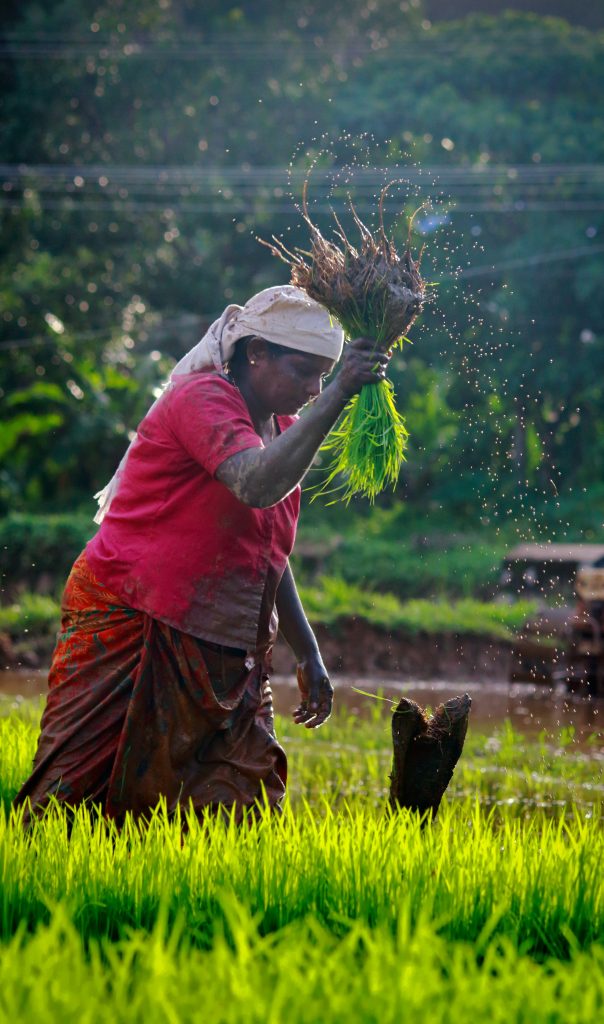
The current pandemic has put a lot in perspective. In the responsible travel space, one important learning is that tourism – with all its ups and downs – can no longer be relied upon as a rural community’s only source of income.
This made me reminisce about my first trip to North Kerala and the conversations I had with the founders of Kabani and URAVU, Kerala-based social enterprise and NGO respectively. In the picturesque village of Thrikkaipetta aka Bamboo Village (named after its bamboo artisans), they’ve developed a community tourism program with a difference.
The goal is first, to supplement farming and craft incomes, through minimal investment in tourism development. That means the experience is raw and genuine – living with local families in their homes, sharing meals and conversations, hiking, getting involved in farming if you’re so inclined.
The second goal is to ensure that the entire community, even those not directly involved in tourism, reaps the benefits. While 25% of the tourism revenue is used for administrative costs, the remaining 75% is channeled in two ways. Towards direct tourism providers – homestays, guides etc, and towards a sustainable development fund for the entire village.
The assessment of what rural dwellers need is often done in air-conditioned offices with gross misassumptions. So the third goal is then, to let the community decide how to use the village development fund. This could include vocational skills development, waste management, renewable energy initiatives and organic farming – and ultimately contributes to the empowerment and sustainable development of the entire village.
Also read: A Himalayan Village Where Locals Run Marathons and Their Own Instagram Channel
Lower carbon emissions through local plant-based cuisine
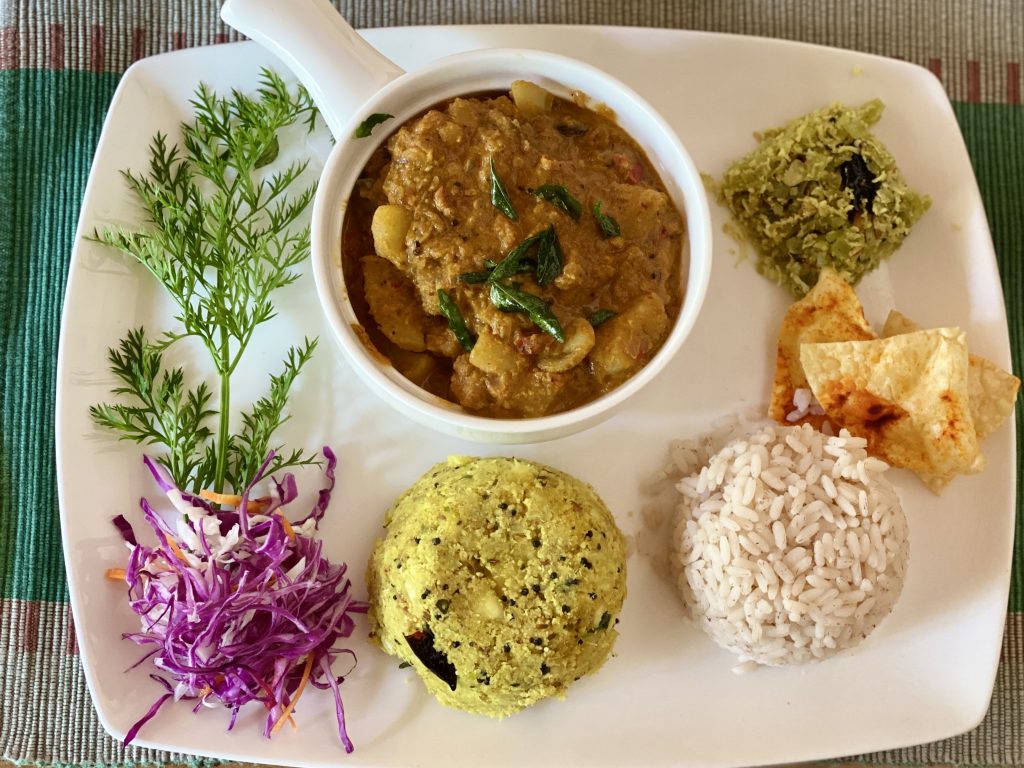
I guess I can wax lyrical about inspiring initiatives that promote sustainable tourism in Kerala. But like the rest of India and the world, much of Kerala too can learn from Kerala itself.
A conversation still jarringly missing in the sustainable tourism space is the conversation about food. Tourism currently accounts for 8% of global greenhouse gas emissions. I haven’t yet come across a study that estimates the carbon footprint of food in tourism. But this is what we know: Animal agriculture – raising livestock for meat and dairy – accounts for 14.5% of global emissions, a whopping 7 times more than flying! This doesn’t include emissions from fisheries, which is now estimated to be higher than previously believed. So my guess is that animal-based food contributes significantly to the carbon emissions of the tourism industry.
Besides, to travel responsibly means factoring in the ethical aspect of using animals for food, clothes, zoos, riding and festivals. I hope that in the near future, the mission will evolve include a third goal: to create better places for all living beings that share this planet with us.
Which brings me to a small ray of hope in Kerala – a vegan homestay in the hills of Thekkady! Indhrivanam (a combination of two Malayalam words to imply “a feeling of forest”) is the home of Sarah and Morten. Built painstakingly with local materials, featuring dry composting toilets and rainwater harvesting. But what really sets it apart from other sustainable tourism projects in Kerala is the focus on locally-sourced plant-based cuisine. The food offered here – curries, millets, cashew cheese, lemon cake, kombucha and other mouth-watering delights – is entirely plant-based with substantially lower carbon emissions. And no animals are harmed in the process.
Also read: How to Travel as a Vegan and Find Delicious Food Anywhere in the World
Have you experienced sustainable tourism in Kerala or elsewhere? What are your takeaways?
*Note: I wrote this post as part of Kerala Tourism’s new campaign ‘Human by nature’. Opinions on this blog, as you know, are always mine.
ALSO READ:
Chhattisgarh: Motorcycle Adventures, Tribal Life and a Lingering Sadness
A Traveller’s Guide to Gujarat’s Best Kept Secrets
Moonlit Cycling, Poetry and Other Meaningful Things to do in Fort Kochi
How Guacimo Eco-lodge in Nicaragua is Changing the Way We Travel
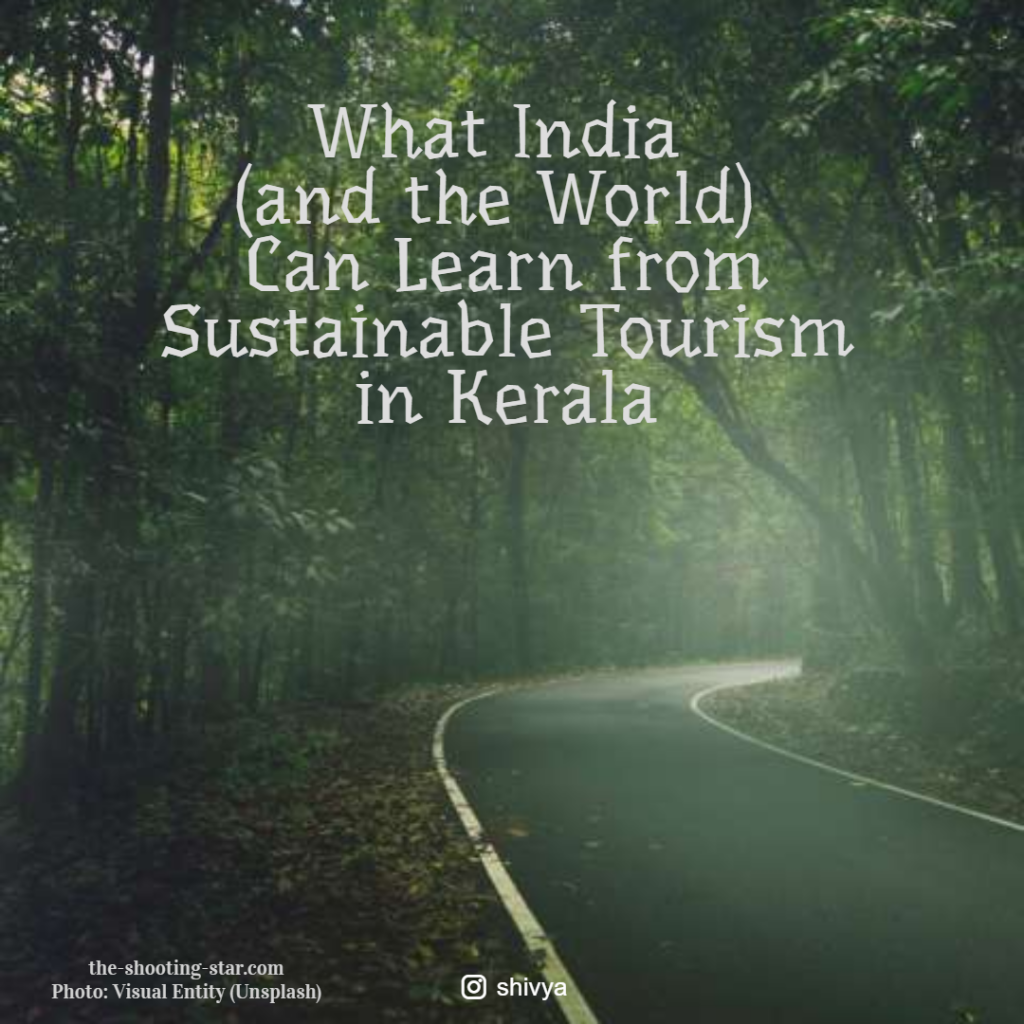
Hi there! I’m Shivya, and I started this travel blog back in 2011, when travel wasn’t trendy, Instagram didn’t exist and AI wasn’t a thing (simpler times, I know!). I write about slow, meaningful and conscious travel – that is good for us, the places we visit, the people we meet along the way, and the planet at large. Settle down, grab a cup of tea, and read stories that remind you of the essence of travel. I’m so glad you found me!


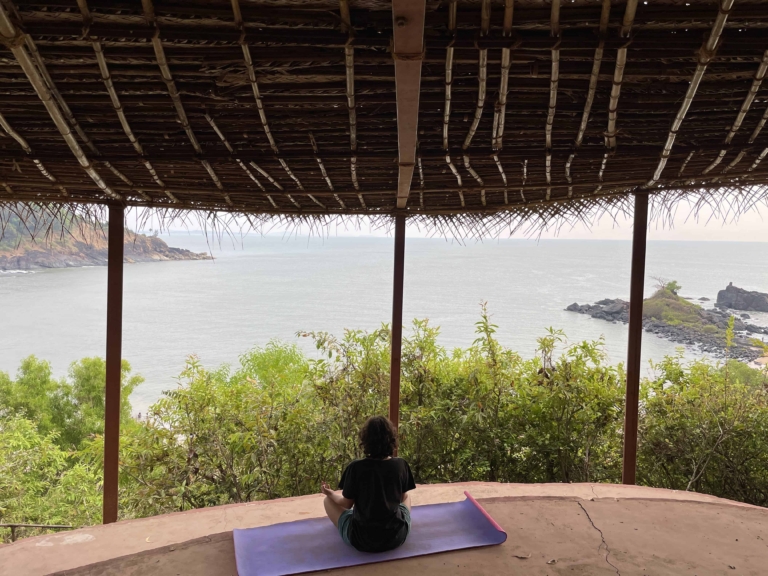


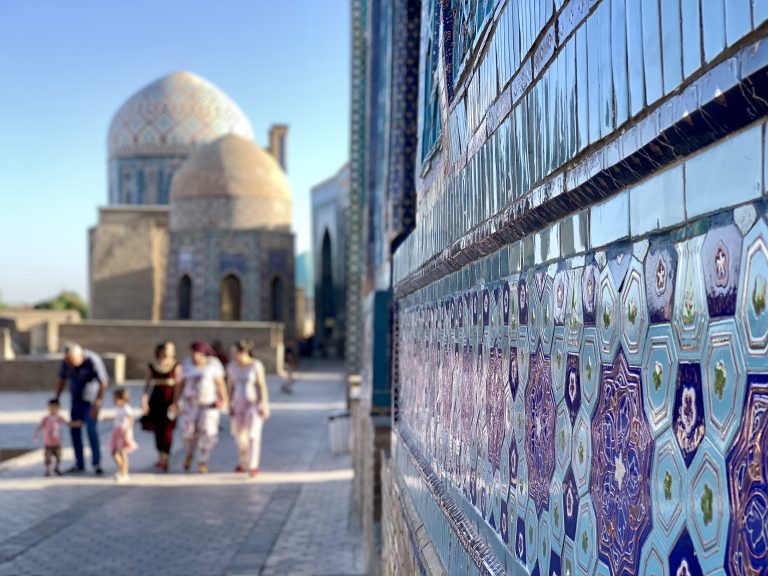

That vegan meal looks so yummy!
Wish I could eat my screen 😉
This doesn’t surprise me about Kerala. When I travelled around India (before you were born) Kerala was the state that impressed me the most right down to how neat and tidy people’s yards were with coconut palms and fruit trees scattered over their small properties.
I’m sure you’ll still feel the same way if you travel in India now! Again, so envious that you got to experience India then. Wish I could travel back in time.
I love your post, a country whose income in tourism currently is very much feeling the impact due to Coronavirus. Talking with local culture and traditions must be maintained because that is the reason tourists visit India, the local government must think about the future impact.
Kerala’s responsible tourism mission sure gives me hope for the rest of India. It’s already in process in atleast one state, so fingers crossed.
I have learnt and understood more about sustainable tourism through your blogs than through any other source.
So glad to hear that Shweta. I think it’s important to understand the industry as travellers too!
Kerala is one of the pioneers of bed and breakfast type of home stays. In fact, Kerala is a role model for many states because it woke up to tourism opportunities much later but quickly changed the game to its advantage. Indian tourists however barring a few proportion needs to adjust to home stays. They expect home stay to provide same services like full service hotels. There is so much Kerala offers. Stay safe, Shivya.
There are some good examples in Uttarakhand, but the world sure has much to learn from community based tourism in Kerala. And of course, as travellers, we need to realign our expectations (and objective of travelling) too.
Absolutely, Shivya. We need a transition from being a tourist to an explorer. I guess it will take time.
Thank you for such an educational assessment of sustainable tourism, particular to Kerala but so relevant globally. Sustainable tourism is a term used a lot in the travel industry but consumers/travelers don’t necessarily understand its true meaning or what it looks like in practice. Your examples and experiences are very helpful.
Really Kerala is God’s own country ..
Hi Shivya, Glad you are extensively involved in such initiatives which are promoting the Responsible tourisum along with sustainibility and the concept of community based tourisum is definetly reflect as a more advategous for better livelihoods of villagers. In your opinion, what kind efforts would be needed to make it more reliable and how we can impliment in other parts of India? If we talk about North-east then community based tourisum has been started and local tourisum board is also putting their best efforts to scale-up it but in-fonr of that is we talk about arid region like Kutch, Communuty based tourisum has not started and even very few pepoleare visiting them.
Love this awesome written post. Photographs are amazing and i would love to visit Kerala.
beautiful article to read
Thank you for these beautiful lines. The images are so beautiful that I just want to travel Kerela.
Any idea how much will I spend or how much budget do I need If i visit Kerala? excluding the airfare.